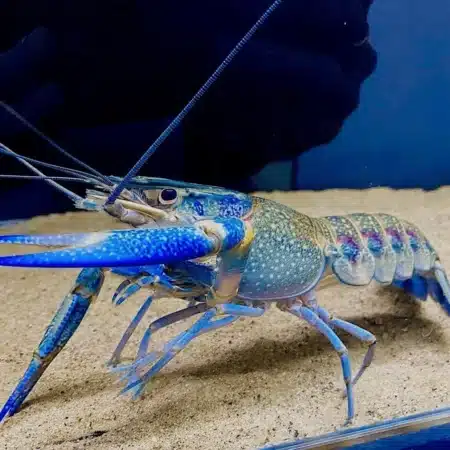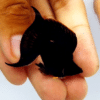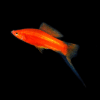To provide the best experiences, we use technologies like cookies to store and/or access device information. Consenting to these technologies will allow us to process data such as browsing behaviour or unique IDs on this site. Not consenting or withdrawing consent, may adversely affect certain features and functions.
The technical storage or access is strictly necessary for the legitimate purpose of enabling the use of a specific service explicitly requested by the subscriber or user, or for the sole purpose of carrying out the transmission of a communication over an electronic communications network.
The technical storage or access is necessary for the legitimate purpose of storing preferences that are not requested by the subscriber or user.
The technical storage or access that is used exclusively for statistical purposes.
The technical storage or access that is used exclusively for anonymous statistical purposes. Without a subpoena, voluntary compliance on the part of your Internet Service Provider, or additional records from a third party, information stored or retrieved for this purpose alone cannot usually be used to identify you.
The technical storage or access is required to create user profiles to send advertising, or to track the user on a website or across several websites for similar marketing purposes.
Red Claw Blue Lobster CRAYFISH - Cherax quadricarinatus -3-4 Cm, Thriving Freshwater Crustacean, Perfect Companions for Aquatic Plants and Enriching Tank Environments 1 × £9.99


 Red Claw Blue Lobster CRAYFISH - Cherax quadricarinatus -3-4 Cm, Thriving Freshwater Crustacean, Perfect Companions for Aquatic Plants and Enriching Tank Environments
Red Claw Blue Lobster CRAYFISH - Cherax quadricarinatus -3-4 Cm, Thriving Freshwater Crustacean, Perfect Companions for Aquatic Plants and Enriching Tank Environments 










Emma Clark (verified owner) –
I recently added the 3 X Poecilia Sailfin Goldleopard Molly Mix to my tropical fish tank, and I couldn’t be happier! These Molly fish are not only stunning with their vibrant colors and unique patterns, but they also have such cheerful personalities. After introducing them to my aquarium two weeks ago, I’ve noticed they acclimated beautifully and have started to interact with my other fish, which is a delight to watch.
What sets these fish apart from others I’ve owned is their hardiness and adaptability. Unlike some other tropical fish I’ve had, these guys seem to thrive in a variety of conditions, which gives me peace of mind as a caring fish parent. They really bring life to my tank, and their playful nature is infectious!
The only minor concern I had was that one of the fish seemed a bit shy at first, but after a few days, it began to venture out more. So if you’re considering these Mollies, be patient with their adjustment period. I highly recommend them to both beginners and experienced aquarists who want a lively, colorful mix in their tanks. Overall, this purchase was a great investment, and I’ve even recommended them to my local aquarium club!